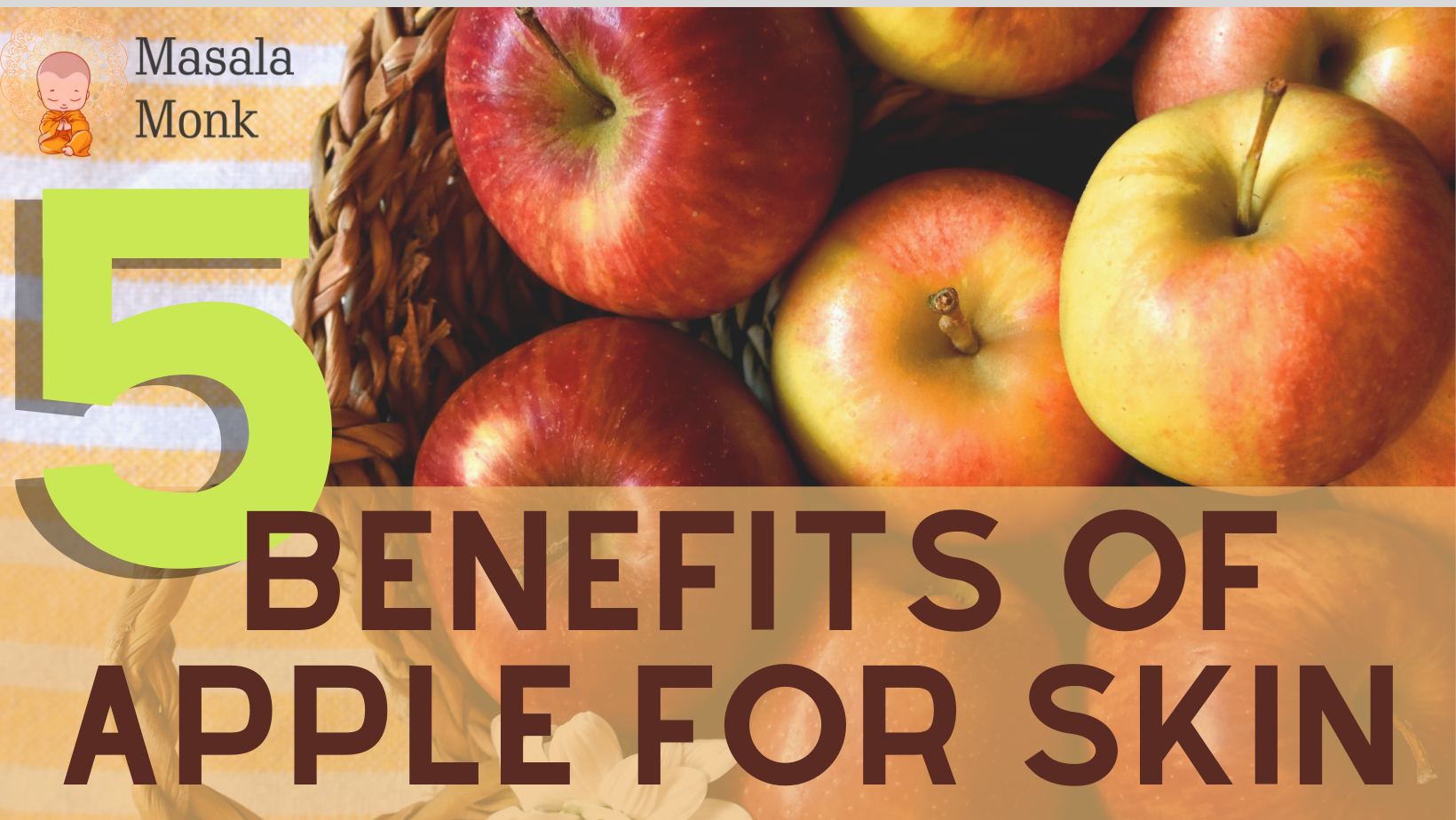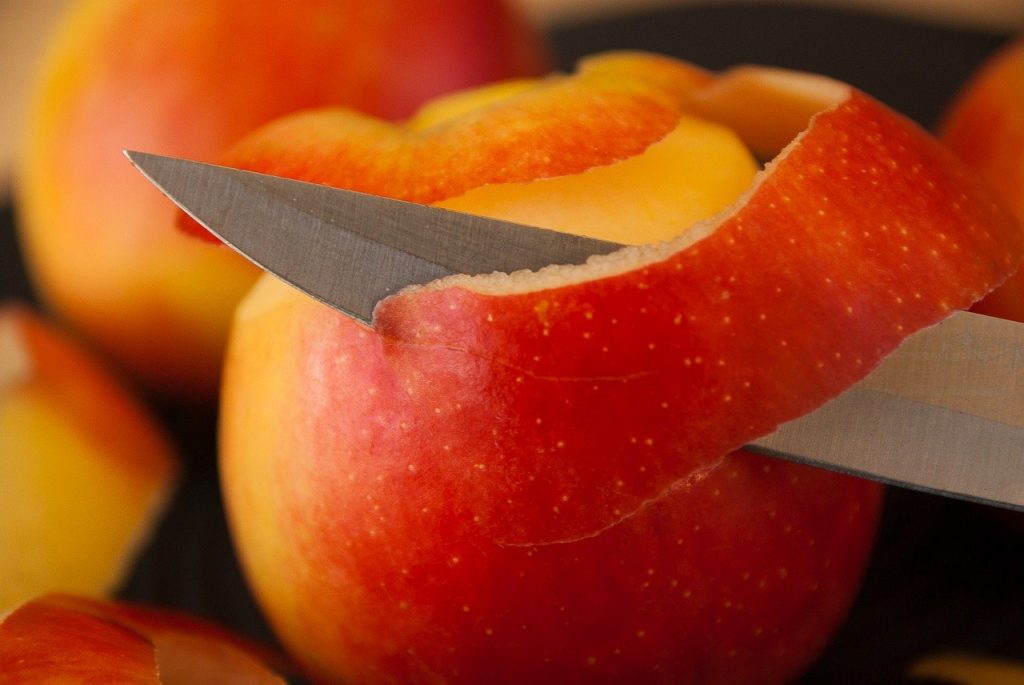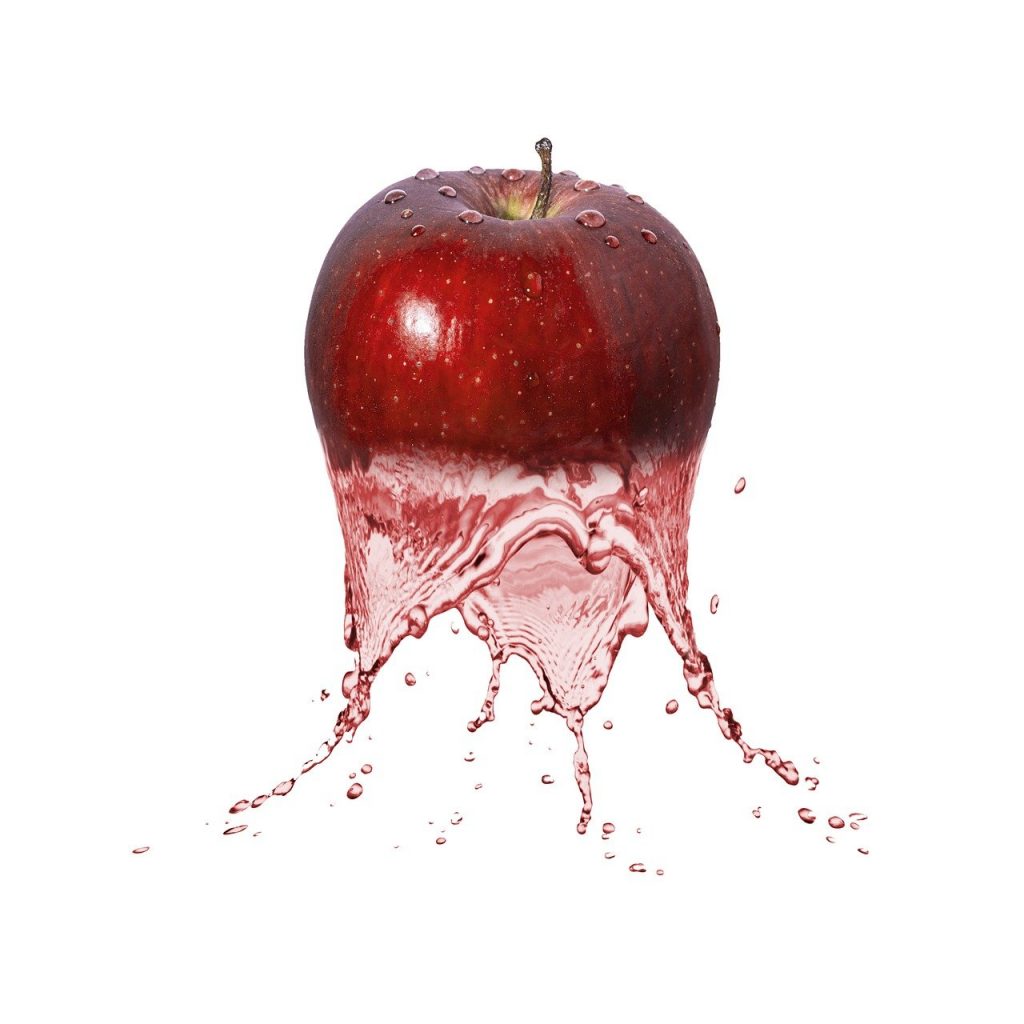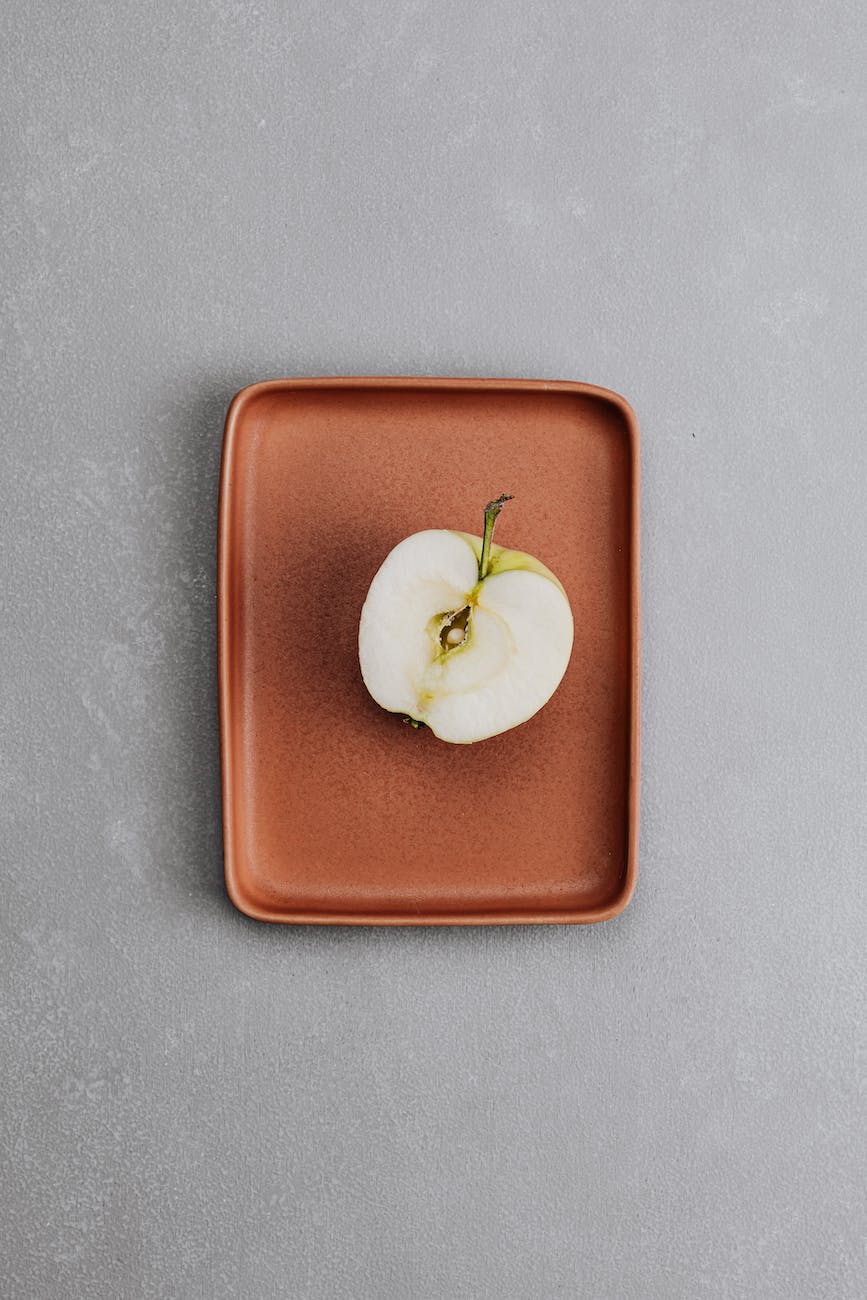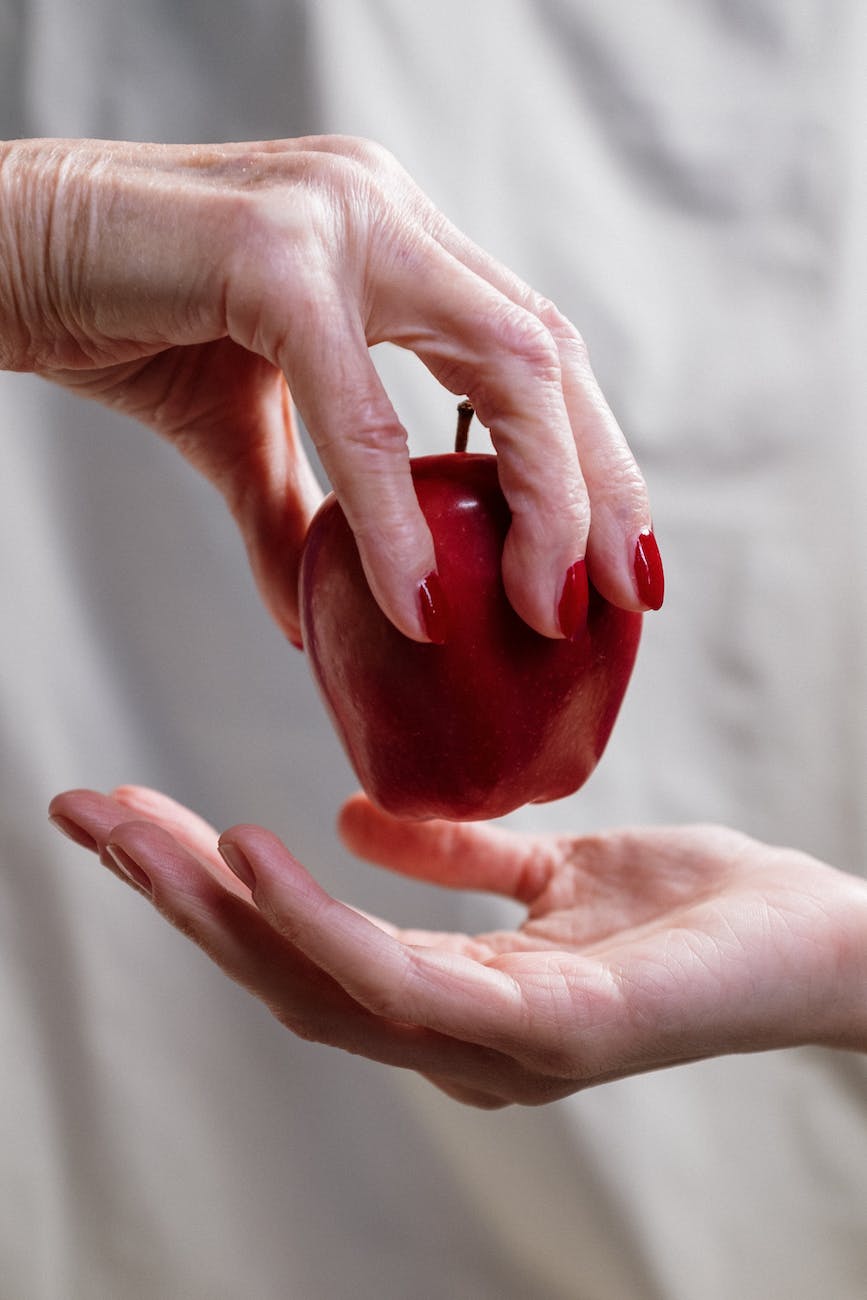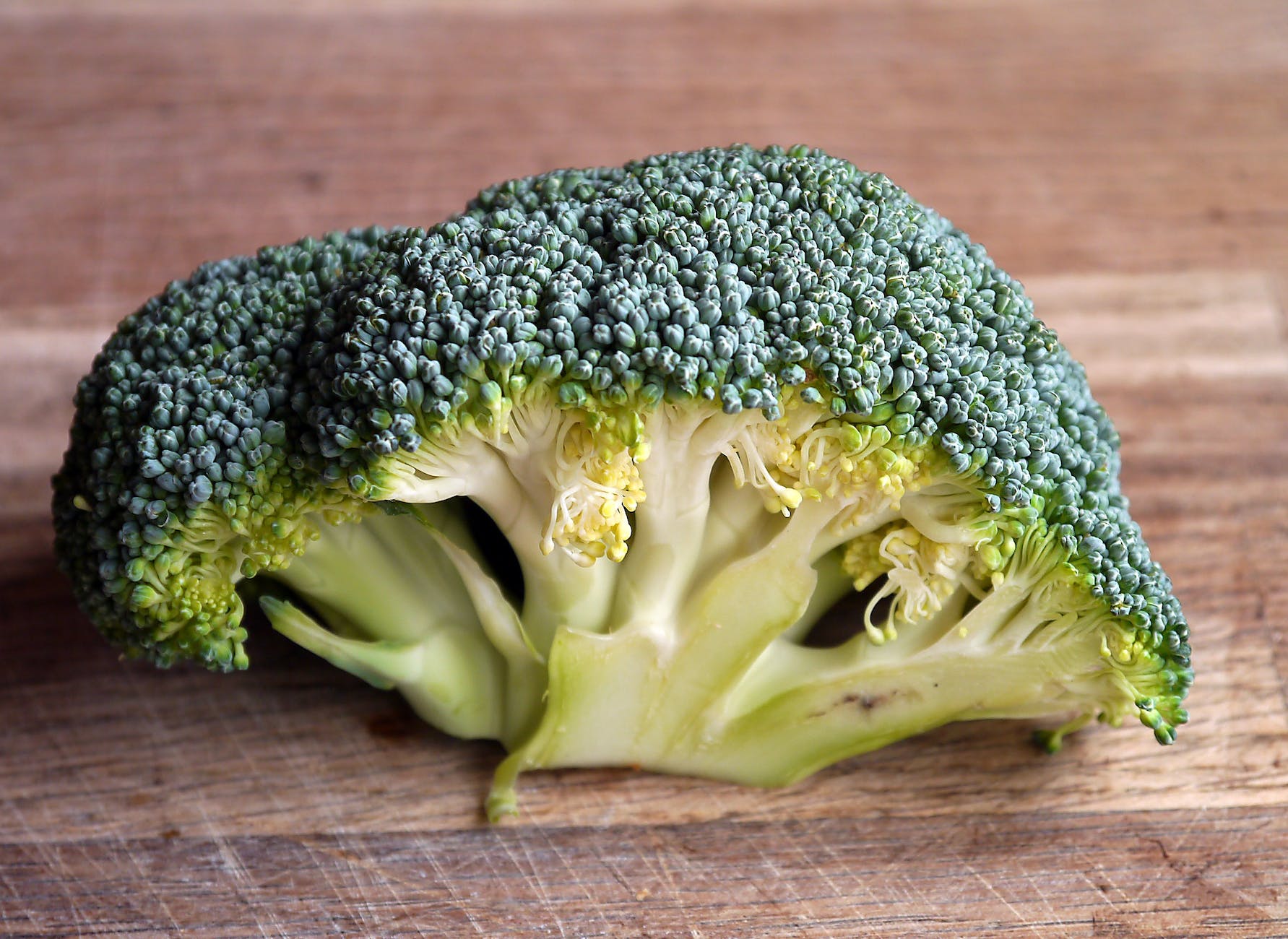
Dietary fiber, a type of carbohydrate that our bodies cannot digest, plays a crucial role in maintaining our health. Unlike other carbs that are broken down into sugars, fiber passes through the body undigested, aiding in digestion, helping to keep our blood sugar levels stable, and making us feel full. The importance of dietary fiber cannot be overstated. From promoting healthier gut bacteria to lowering the risk of heart disease, a high-fiber diet is key to maintaining good health.
Types of Fiber: Soluble vs Insoluble
There are two types of dietary fiber: soluble and insoluble. Each type functions differently and provides different health benefits.
Soluble fiber dissolves in water and forms a gel-like substance in the stomach. It can help lower blood cholesterol and glucose levels. Soluble fiber is found in foods like oats, peas, beans, apples, and citrus fruits.
Insoluble fiber does not dissolve in water. It adds bulk to the diet and can help prevent constipation. Insoluble fiber is found in foods like whole-wheat flour, wheat bran, nuts, beans, and vegetables like cauliflower and potatoes.
Fiber in Foods: What You Need to Know
Let’s take a closer look at the fiber content in lists of various foods and how they can contribute to a high-fiber diet.
Fiber in Fruits
Fruits are a delicious way to add fiber to your diet. Here are some fruits that are particularly high in fiber:
Kiwi
A medium-sized kiwi has about 2.1 grams of fiber. This includes both soluble and insoluble fiber, making it a great choice for overall digestive health. Kiwi is also rich in vitamin C and antioxidants.
Raspberries
One cup of raspberries contains about 8 grams of fiber. Raspberries are a great source of soluble fiber and are also rich in antioxidants. They can help control blood sugar and fight inflammation.
Pear
One medium-sized pear contains about 5.5 grams of fiber. Pears are a good source of soluble fiber and are also rich in vitamin C.
Apple
One medium-sized apple contains about 4.4 grams of fiber. Apples are a good source of both soluble and insoluble fiber and are also high in vitamin C.
Banana
One medium-sized banana contains about 3.1 grams of fiber. Bananas are a good source of soluble fiber and are also high in vitamin C and potassium.
Orange
One medium-sized orange contains about 3.1 grams of fiber. Oranges are a good source of soluble fiber and are also high in vitamin C.
Tomatoes
Tomatoes are a good source of dietary fiber, providing about 1.5 grams per average-sized tomato. Most of the fibers in tomatoes are insoluble, including cellulose, hemicellulose, and lignin. This can aid in digestive health.
Strawberries
Strawberries are a good source of fiber. One cup of strawberries provides about 3 grams of fiber. This makes them a great choice for a healthy dessert or snack.
Blueberries
Blueberries are a good source of fiber. A 100-gram serving of raw blueberries has 2.4 grams of fiber. This makes them a great choice for a healthy dessert or snack.
Grapefruit
Grapefruit is a good source of fiber. One-half grapefruit provides 2 grams of fiber. This makes it a great choice for a healthy breakfast or snack.
Fiber in Vegetables
Vegetables are another excellent source of fiber. Here are some vegetables that are particularly high in fiber:
Broccoli
One cup of cooked broccoli contains about 5.1 grams of fiber. Broccoli is high in insoluble fiber and is also a powerhouse of vitamins and minerals like vitamin C and potassium.
Sweet Potato
One medium-sized sweet potato contains about 4 grams of fiber. Sweet potatoes are a great source of soluble fiber and are also high in vitamin A, vitamin C, and potassium.
Spinach
One cup of cooked spinach contains about 4.3 grams of fiber. Spinach is high in insoluble fiber and is also rich in many essential nutrients like calcium, iron, and vitamin A.
Carrots
One medium-sized carrot contains about 1.7 grams of fiber. Carrots are a good source of both soluble and insoluble fiber and are also high in vitamin A.
Peas
One cup of cooked green peas contains about 8.8 grams of fiber. Peas are a great source of both soluble and insoluble fiber. They are also a good source of protein, making them a great choice for vegetarians and vegans.
Mushrooms
Mushrooms are a good source of fiber, particularly the soluble fiber beta-glucan. This makes them a great choice for a healthy side dish or addition to meals.
Beets
Beets are a good source of fiber, with 2 grams per 100 grams. This makes them a great choice for a healthy side dish or addition to meals.
Fiber in Grains and Seeds
Grains and seeds are often high in fiber. Here are some that are particularly high in fiber:
Whole Wheat Bread
One slice of whole wheat bread contains about 2 grams of fiber. Whole grains like whole wheat are a great source of both soluble and insoluble fiber. They can help reduce the risk of heart disease and aid in weight management.
Quinoa
One cup of cooked quinoa contains about 5.2 grams of fiber. Quinoa is a good source of insoluble fiber and is also a complete protein, meaning it contains all nine essential amino acids.
Brown Rice
One cup of cooked brown rice contains about 3.5 grams of fiber. Brown rice is a good source of insoluble fiber and is also high in vitamins and minerals like magnesium and selenium.
Chia Seeds
One ounce of chia seeds contains about 10.6 grams of fiber. Chia seeds are a great source of soluble fiber and are also high in omega-3 fatty acids.
The fiber in Nuts and Legumes
Nuts and legumes are also high in fiber. Here are some that are particularly high in fiber:
Lentils
One cup of cooked lentils contains about 15.6 grams of fiber. Lentils are a great source of both soluble and insoluble fiber. They are also a good source of protein, making them a great choice for vegetarians and vegans.
Chickpeas
Chickpeas, also known as garbanzo beans, are an excellent source of dietary fiber. They provide 7.6 grams of fiber per 100 grams. This makes them a great addition to any high-fiber diet.
Almonds
One ounce of almonds contains about 3.5 grams of fiber. Almonds are a good source of both soluble and insoluble fiber. They are also high in healthy fats, protein, and vitamin E.
Walnuts
One ounce of walnuts contains about 1.9 grams of fiber. Walnuts are a good source of both soluble and insoluble fiber. They are also high in healthy fats and omega-3 fatty acids.
Peanuts
Peanuts are an excellent source of dietary fiber. They contain 8.5 grams of fiber per 100 grams, which can help in maintaining a healthy digestive system.
Roots
Chicory Root
Fresh chicory root is composed of 68% inulin by dry weight. Inulin is a type of fiber known as a fructan or fructooligosaccharide. This makes chicory root a great choice for those looking to boost their fiber intake.
Remember, the daily recommended intake of fiber for men is 38 grams and for women is 25 grams. Incorporating a variety of these high-fiber foods into your diet can help you meet your daily fiber needs and provide a host of other health benefits as well.
Blog Tags: Fiber, High-Fiber Diet, Soluble Fiber, Insoluble Fiber, Digestive Health, Heart Health, Weight Management, Blood Sugar Control, Kiwi, Whole Wheat Bread, Raspberries, Broccoli, Almonds, Sweet Potato, Blueberries, Lentils, Avocado, Quinoa, Spinach, Brown Rice, Pear, Apple, Banana, Orange, Sweet Potato, Spinach, Carrots, Peas, Whole Wheat Bread, Quinoa, Brown Rice, Chia Seeds, Almonds, Lentils, Walnuts.

